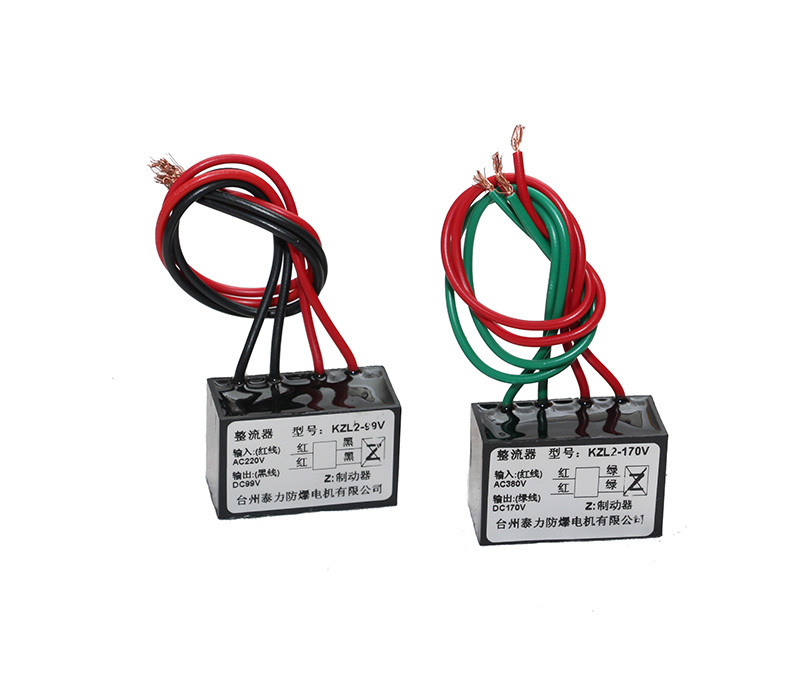What are the main measures to improve the braking efficiency of brake suppliers?
Publish Time:
2023-02-16
A brake from a brake supplier is a device that can slow down, stop, or hold a moving part in a stationary state. It is a mechanical component used to stop or slow down moving parts in machinery. Commonly called brakes and stoppers. Brakes from a brake supplier mainly consist of a brake frame, brake components, and a control device. Some brakes also have an automatic brake part clearance adjustment device. In order to reduce braking torque and structural size, brakes are usually installed on the high-speed shaft of the equipment, but large equipment with high safety requirements should be installed on the low-speed shaft near the working part of the equipment.

The main measures to improve braking efficiency include:
1. Shorten the braking distance:
During the use of the brake, due to the wear of the brake shoe friction pads and the brake drum, the brake clearance will gradually increase. The increase in the response time of the braking system will lead to braking delay and insufficient braking force, thereby increasing the braking distance and reducing
2. Prevent brake pull:
(1) When braking, the car automatically deviates from its original direction of travel, which is called brake pull. Once brake pull occurs, it is easy to cause serious accidents such as collisions, falling into ditches, or even rollovers. In order to improve braking stability and ensure driving safety, the vehicle is not allowed to have obvious pull during emergency braking.
(2) The main reason for brake pull is that the braking force of the left and right front wheels is unequal, and a turning torque around the center of gravity is formed during braking, causing the vehicle to tend to rotate, so brake pull is easy to occur. To avoid deviation, pay attention to keeping the braking clearance and brake shoe return spring tension of the left and right wheels consistent during use.
(3) When replacing the friction pads, products of the same model and batch should be selected, and the processing accuracy and contact surface should meet the requirements. The friction pads should prevent hardened layers, oil stains, uneven brake drums, or grooves, etc.
Common maintenance of brakes from a brake supplier is to replace the brake shoes. Some brakes provide an inspection hole on the back, through which the remaining material on the brake shoe can be checked. When the friction material is worn to only 0.8 mm long rivets, the brake shoe should be replaced. If the friction material is glued to the back plate (without rivets), the brake shoe should be replaced when the remaining friction material is only 1.6 mm thick.
Like disc brakes, brake drums sometimes have deep scratches. If worn brake shoes are used for a long time, the rivets that fix the rear friction material will grind grooves into the brake drum. Severely scratched drums can sometimes be repaired by re-grinding. Disc brakes have a smaller allowable thickness, while brakes have a larger allowable diameter. Because the contact surface is inside the brake drum, the diameter will increase when material is removed from the brake.
When the brake pads wear out, more space will be created between the brake shoe and the brake drum. When the car stops during reverse, it will push the brake shoe closer to the brake drum. When the clearance is large enough, the adjusting rod will swing fully, causing the adjusting gear to move forward one tooth. The adjuster's threads are similar to bolts, so they can be slightly loosened when turning and extending to fill the gap. Every time the brake shoe wears slightly, the adjuster moves forward a little, so it always keeps the brake shoe close to the brake drum. When using emergency braking, some car adjusters will be
Related News

